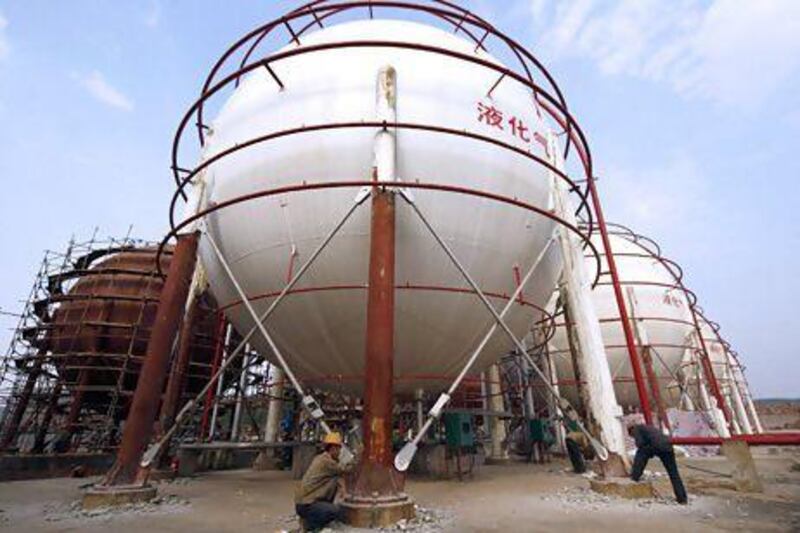If 2011 was a remarkable year for oil exporters, 2012 was a Wonderland. Last year, for the first time, the oil price averaged more than US$100 per barrel of Brent crude. This year, the price has been even higher - $111.90. As Lewis Carroll's Alice would have observed, it was curiouser and curiouser that such high prices persisted despite a weak global economy and rising stocks.
Reflecting on the high oil prices from 2003 until now reveals three key drivers. Developing Asian countries, above all China, were undergoing economic booms and fast-rising demand. Non-Opec production was weak. And therefore Opec, enjoying tight markets, was able to maintain discipline - making sharp production cuts to revive prices after the 2008 economic crash.
Over the past decade, Saudi Arabia, the UAE and Kuwait made only measured increases in production while potential rivals - Iran, Iraq, Venezuela, Libya and Nigeria - struggled.
These factors persisted this year. Although China's demand grew only moderately, developing countries' consumption again outweighed declines in developed nations. Some significant non-Opec producers were below capacity - Syria and Yemen felled by civil war and sabotage; South Sudan by a transit dispute with Sudan; Colombia by guerrilla attacks; and China and Brazil by oil spills. And, just as Libya was largely removed from Opec's production total by its revolution last year, so Iran's exports have been halved this year by sanctions.
Next year could look rather different even if the geopolitical imponderables remain. Nigeria might be racked by further civil unrest; there might be conflict involving Iran; and the Syrian struggle seems set to grind on.
Still, as the London-based Centre for Global Energy Studies points out, South Sudan appears likely to reach a deal with Khartoum; Libya has further room for recovery from its revolutionary conflict; and Kuwait, having unexpectedly reached 3 million barrels per day (bpd), is enjoying its windfall.
And oil output in the United States, driven by production from shale oil, should register another bumper year, as a single state, North Dakota, overtook the Opec member Ecuador last year, and Qatar this year.
Shale developments are spreading to Canada; Australia is next; Russia and Argentina on the horizon. The great imponderable is Iraq. Output has risen significantly this year, helping to sustain US sanctions against Iran. But constraints on export pipelines, bureaucracy and the continuing dispute with the autonomous Kurdish region will keep Iraq short of its ambitious goals. Nevertheless, while the total requirement for Opec crude is likely to fall next year, Iraq's share will increase.
The bursting of the internet bubble in 2000 and the property crash in 2008 should have reminded us all not to believe in looking-glass worlds.
Next year things could settle down. The most bearish forecasting group, Raymond James, expects prices to drop as low as $80, but with the consensus forecast of $107.50 still near historic highs, Gulf producers can make modest production cuts to survive, and even prosper.
Some of their peers are, like Carroll's Red Queen, running as fast as they can just to stand still.
Robin Mills is the head of consulting at Manaar Energy, and author of The Myth of the Oil Crisis and Capturing Carbon





